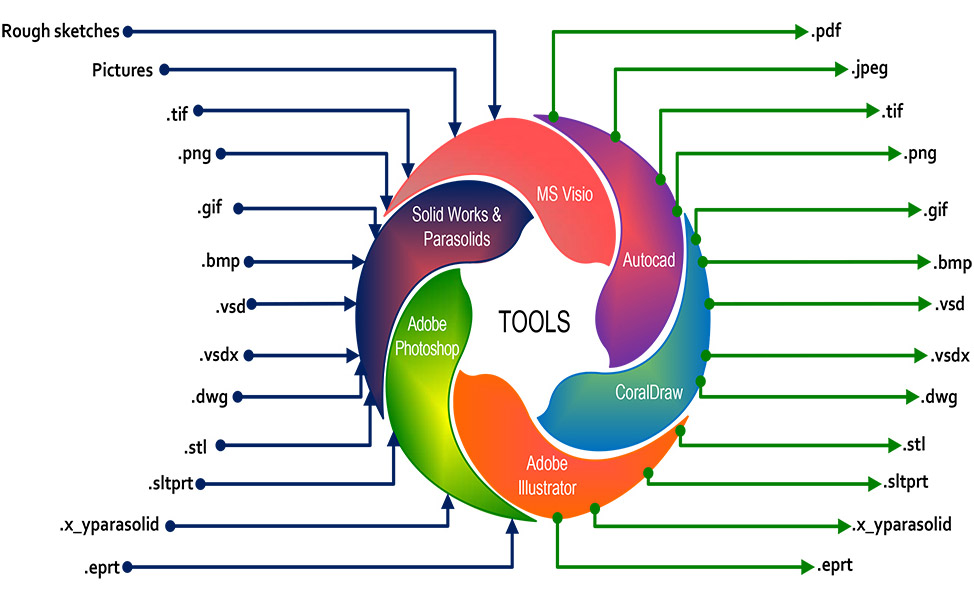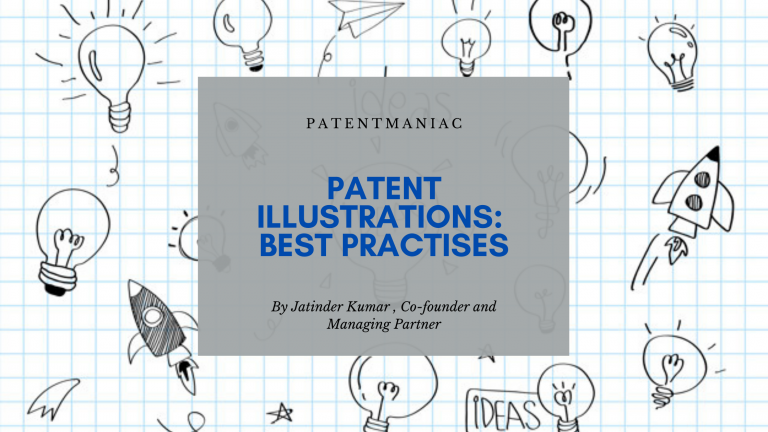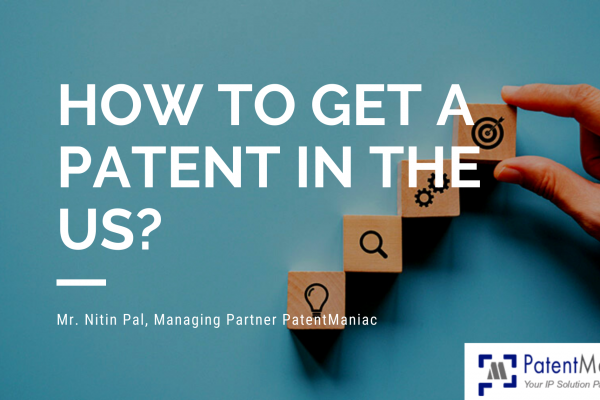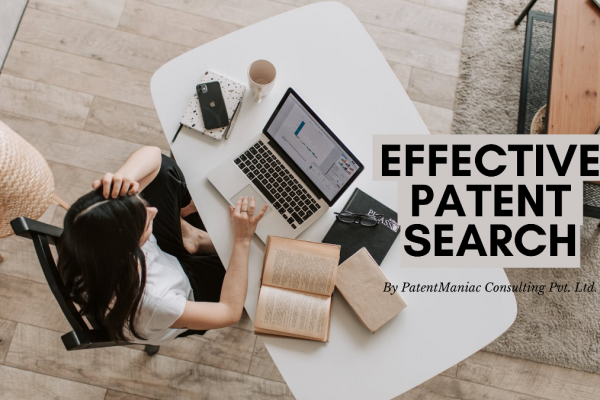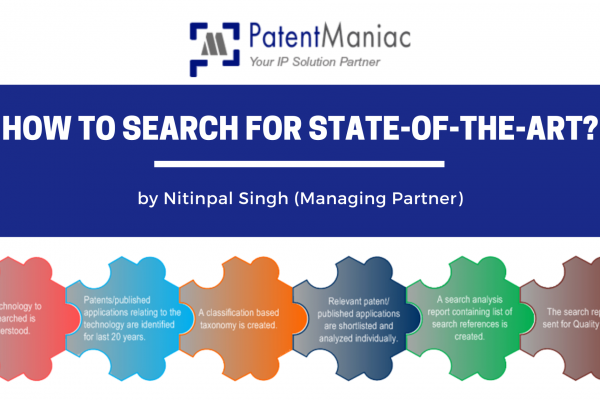Illustrations commonly referred to as drawings form an integral part of intellectual property. They contribute immensely in expressing different types of intellectual property, ranging from Patents, Trademark, and industrial designs to many more. Each of these intellectual properties is supported by illustrations and is admissible with certain rules governed by the patent office.
Illustrations form the most important part in the patent process, whether it is a utility patent, a design patent or a plant patent. Each type of patent requires certain rules and instructions to be followed before submission of the patent application with the PTO. Otherwise, many rejections which directly contribute to the escalation in the patent prosecution cost are faced by the attorney. Sometimes it results in delay in granting the patent, especially design patents.
Most of these rejections are based on non-enablement of certain embodiment’s claims or described in the patent application. Some of the rules that are to be recommended to be followed include – https://www.uspto.gov/web/offices/pac/mpep/s1606.html
Each patent office does follow their own rulebook and rejection criteria while initiating an office action. However, if the patent applications follow these procedures strictly, the inventor’s cost of prosecution and piling up of pending patent applications can significantly reduce. Other intellectual properties, including Trademark, Trade Dress, and Industrial Design do follow the same path and if followed correctly, can improve intellectual property prosecution process.
There have been state-of-the-art software that are now available to reduce illustration cost, as they allow attorneys and inventors to develop quality and compliant illustrations without significant time and effort. Some of this technical software does allow 3-D (AUTOCAD) based drawings to be used to generate corresponding compliant views submissive as per the patent office guidelines. However, it is not advisable to use the software in every technological area the invention pertains to.
There are many best practices that the illustrator (or a designer) must keep in mind while developing the illustrations on a software platform. Some of them include:
Acceptance of different formats source drawings
Tools supporting multiple technological areas
Easy format conversion of the source and deliverable file(s)
Allows altering the source file based on different patent office requirements
It is advisable to use MS Visio software as it is compatible with most of the above points and many attorneys prefer to use this software in-house.
